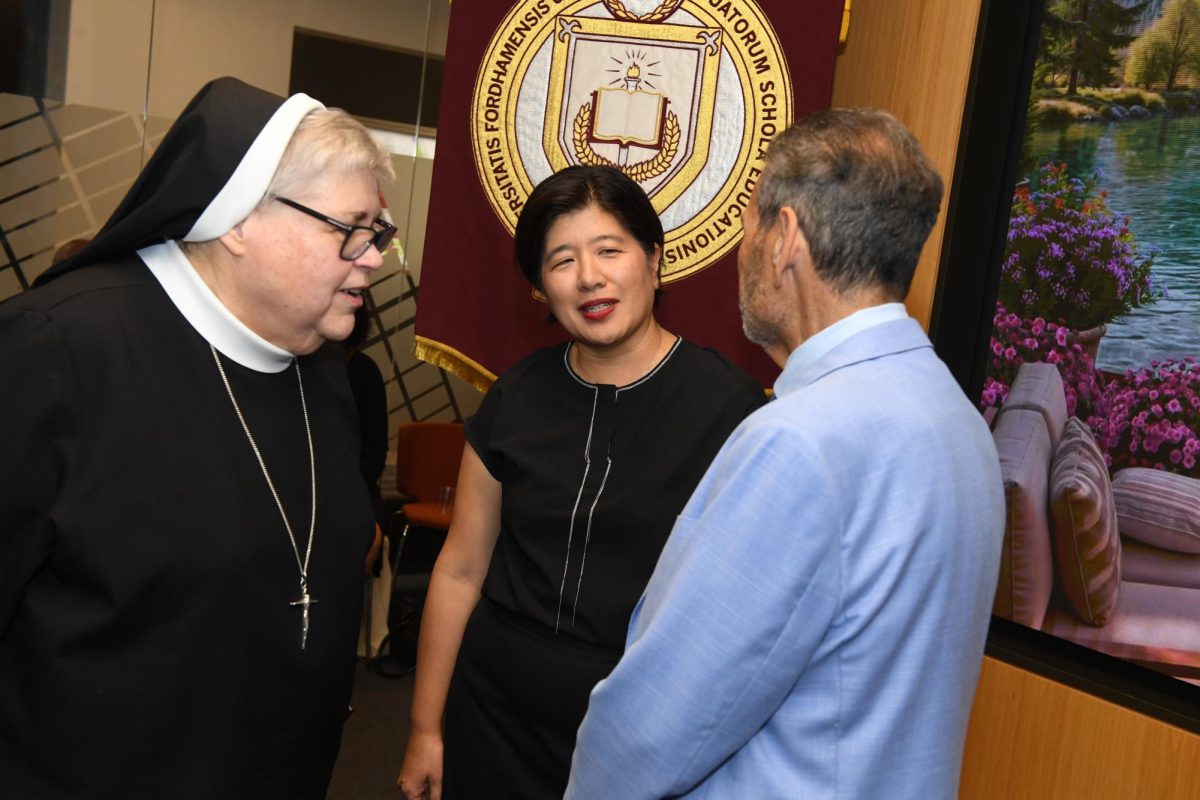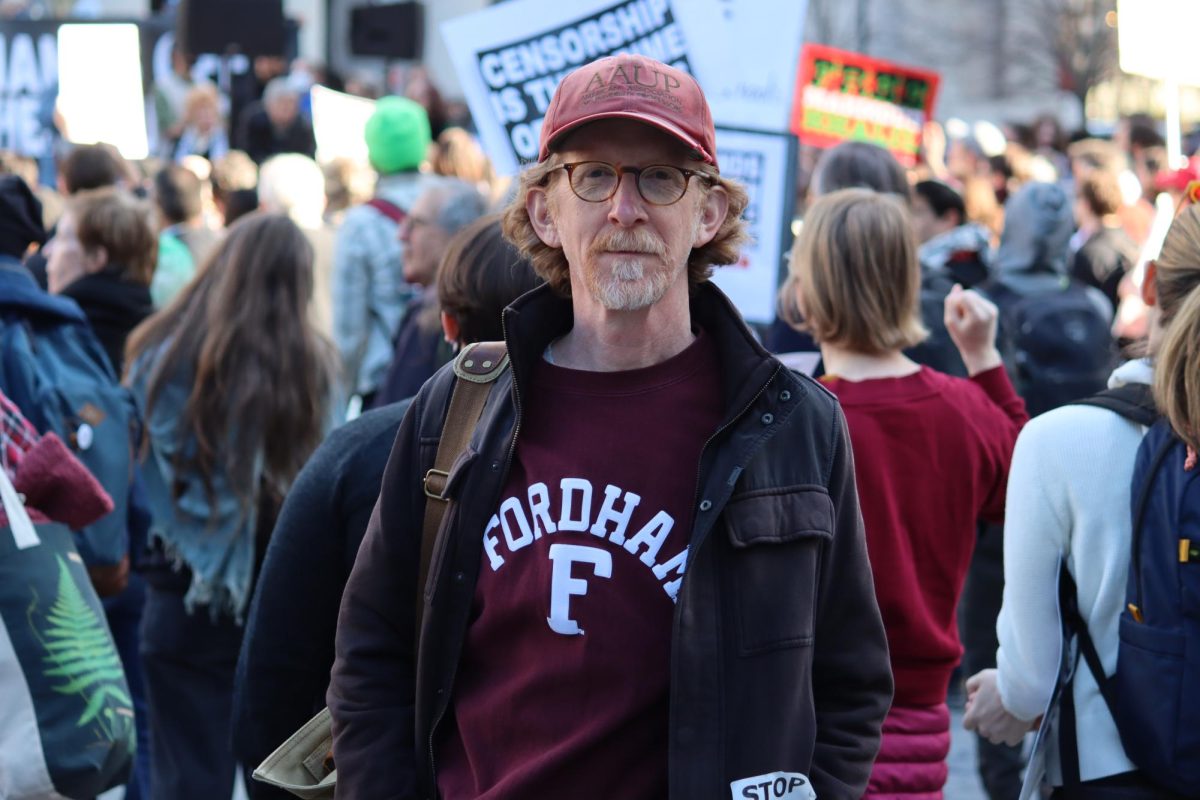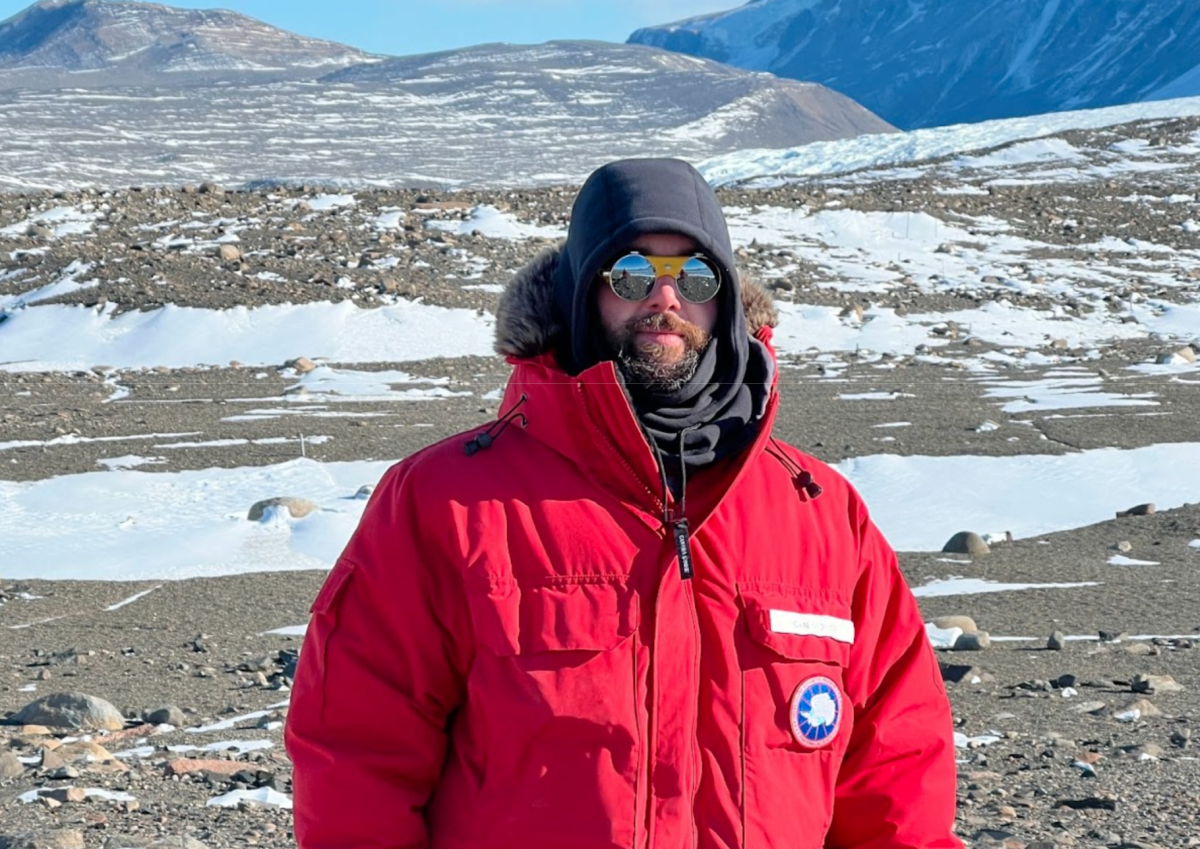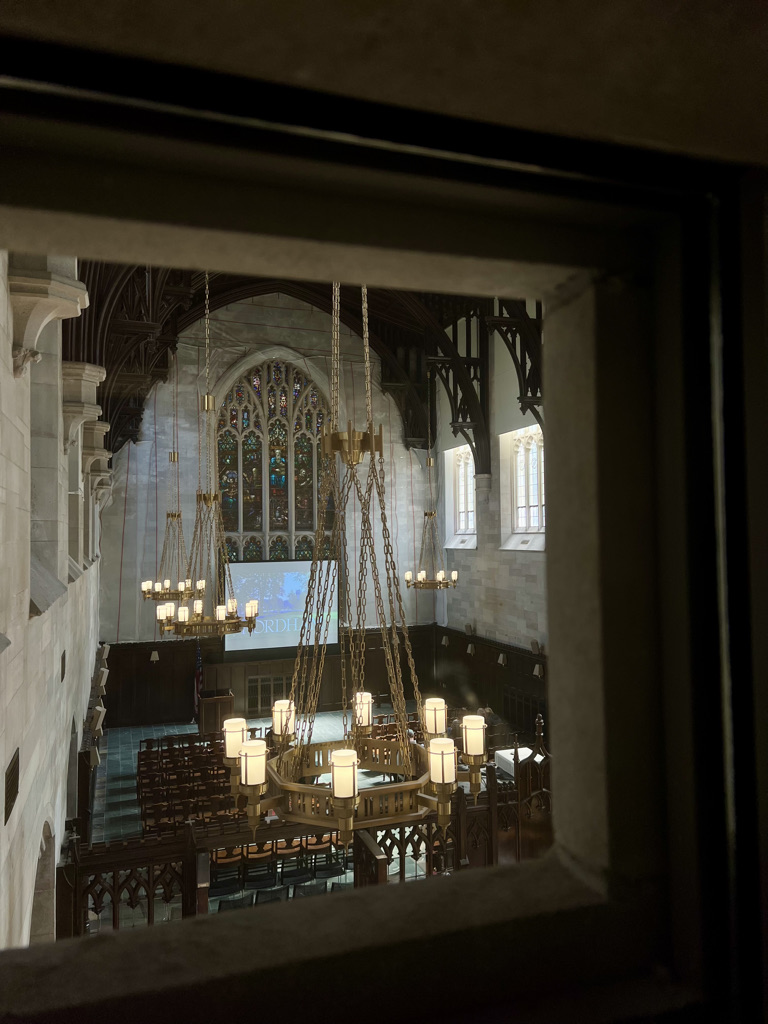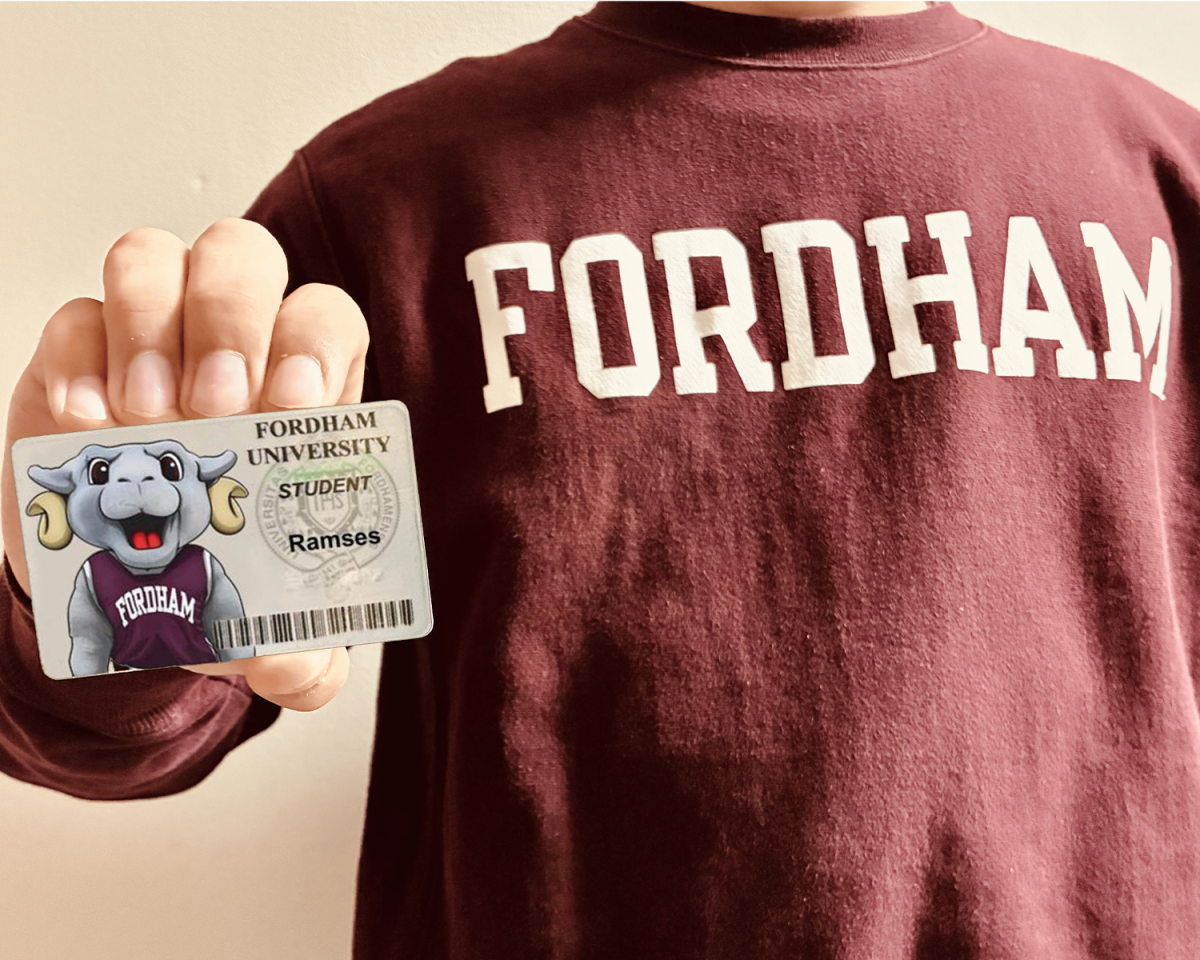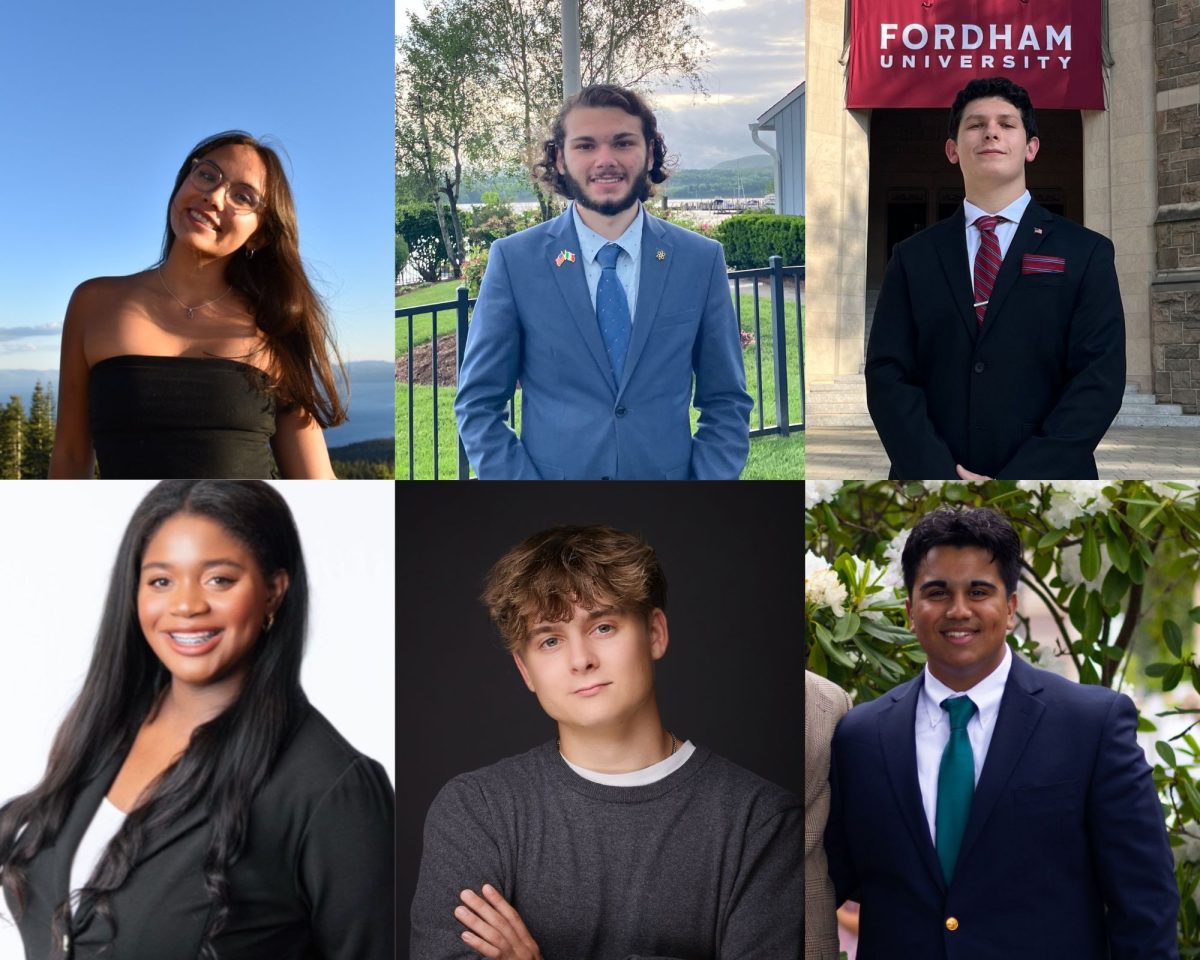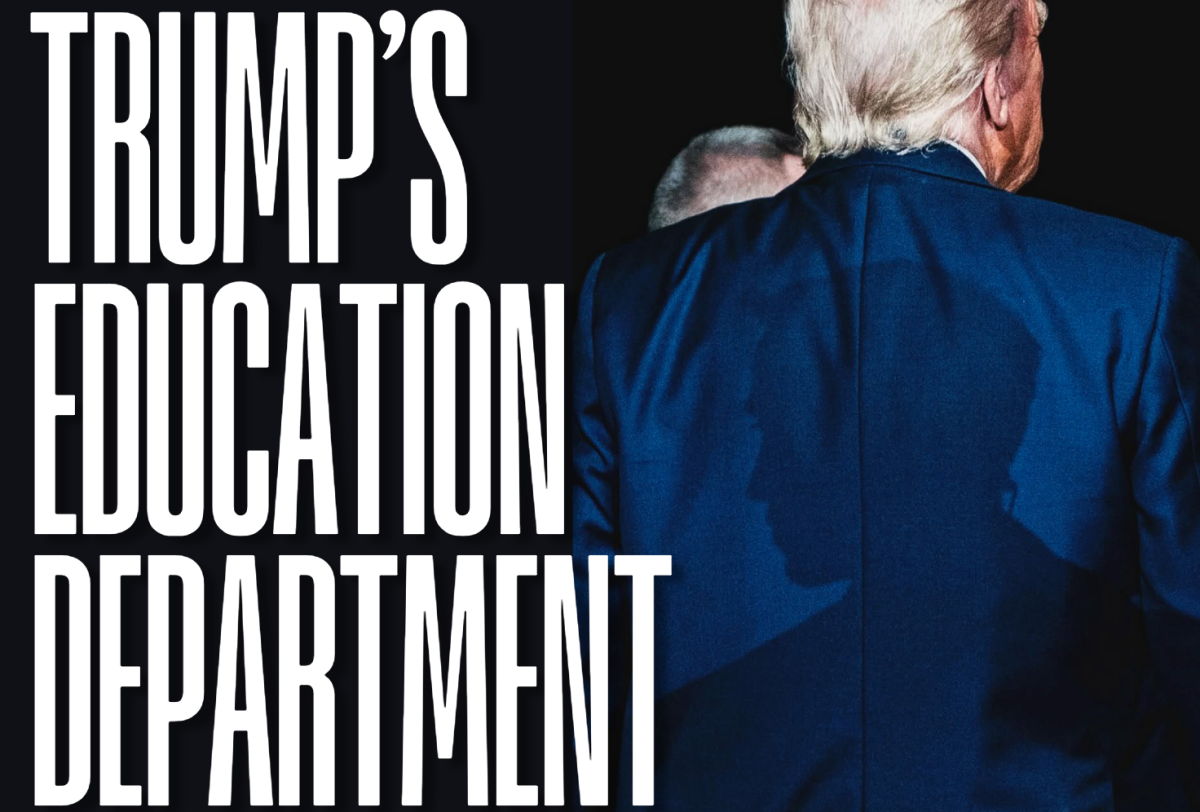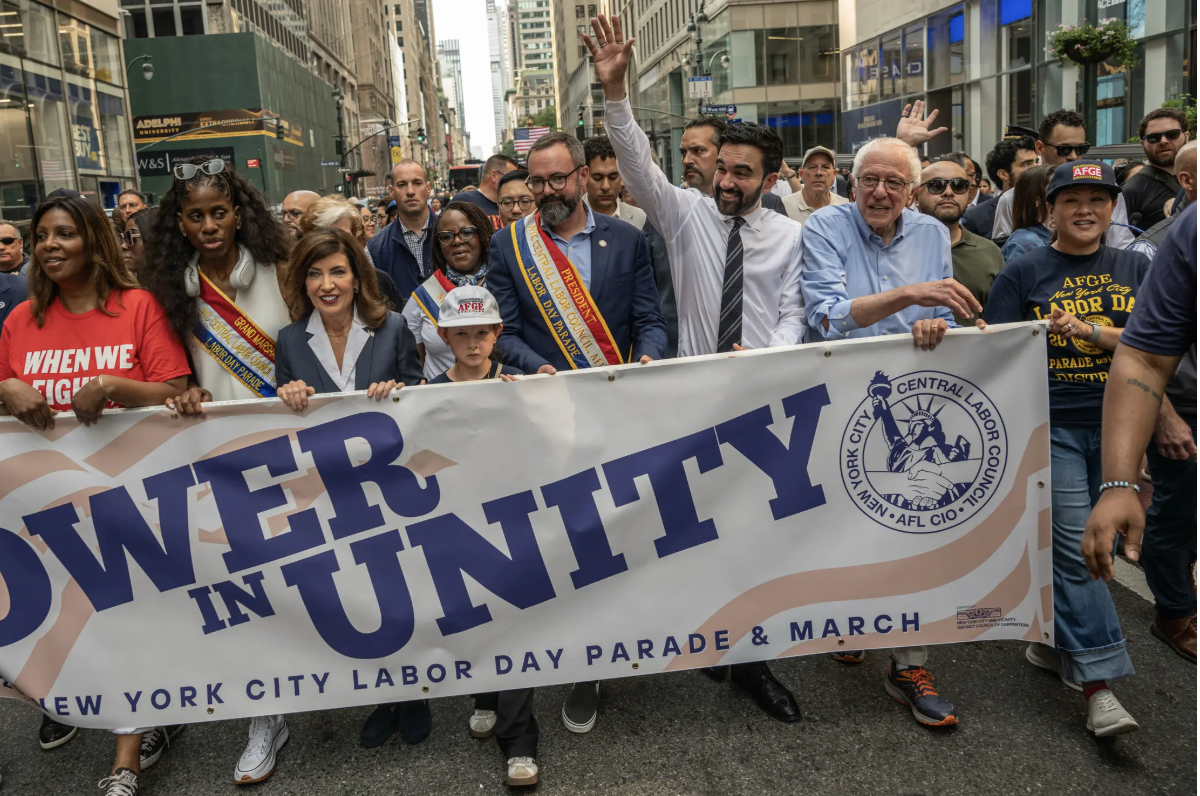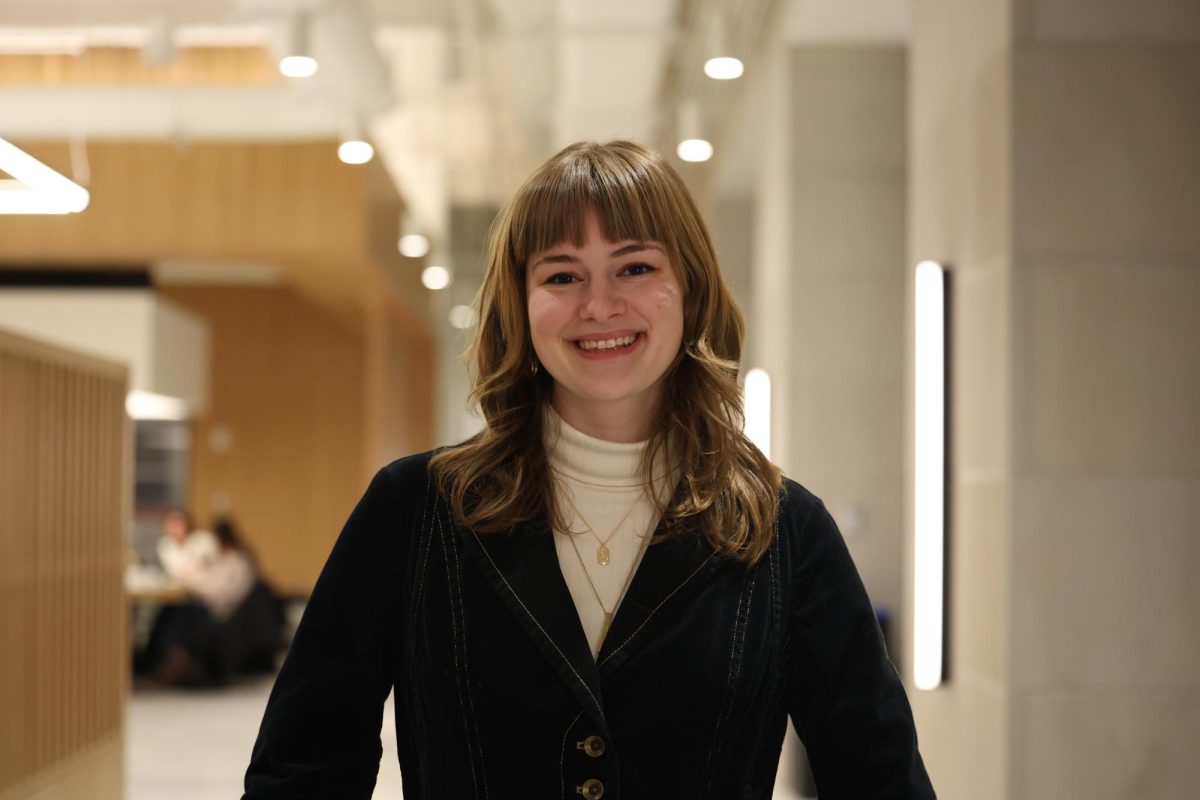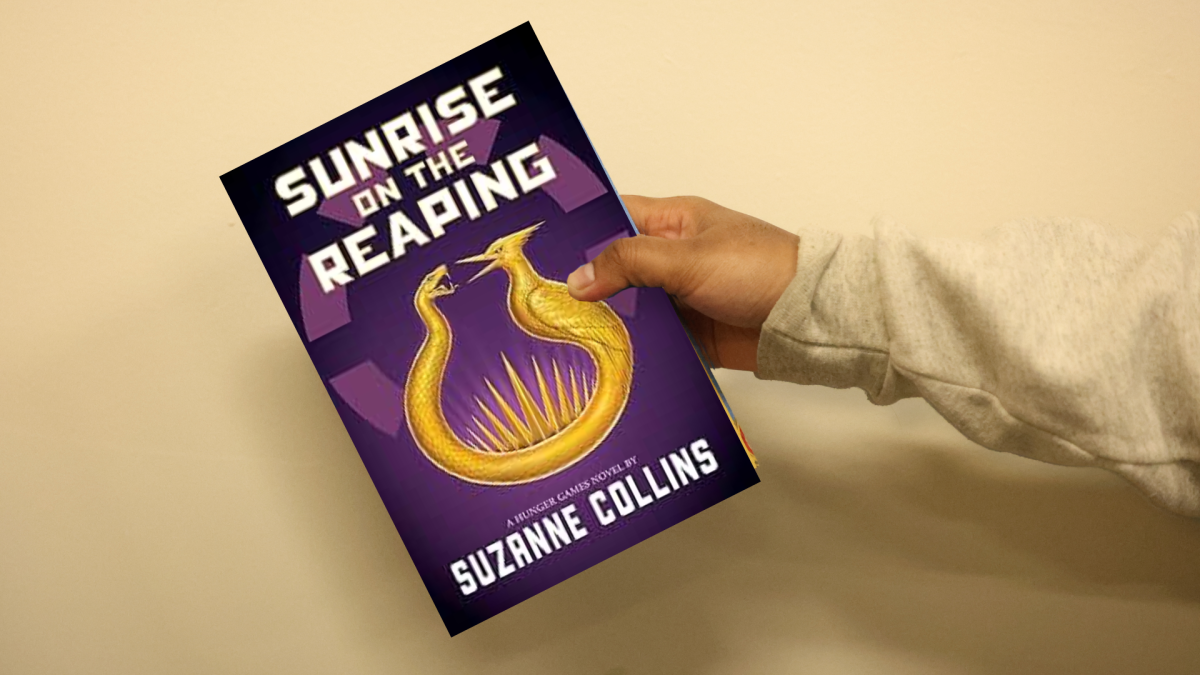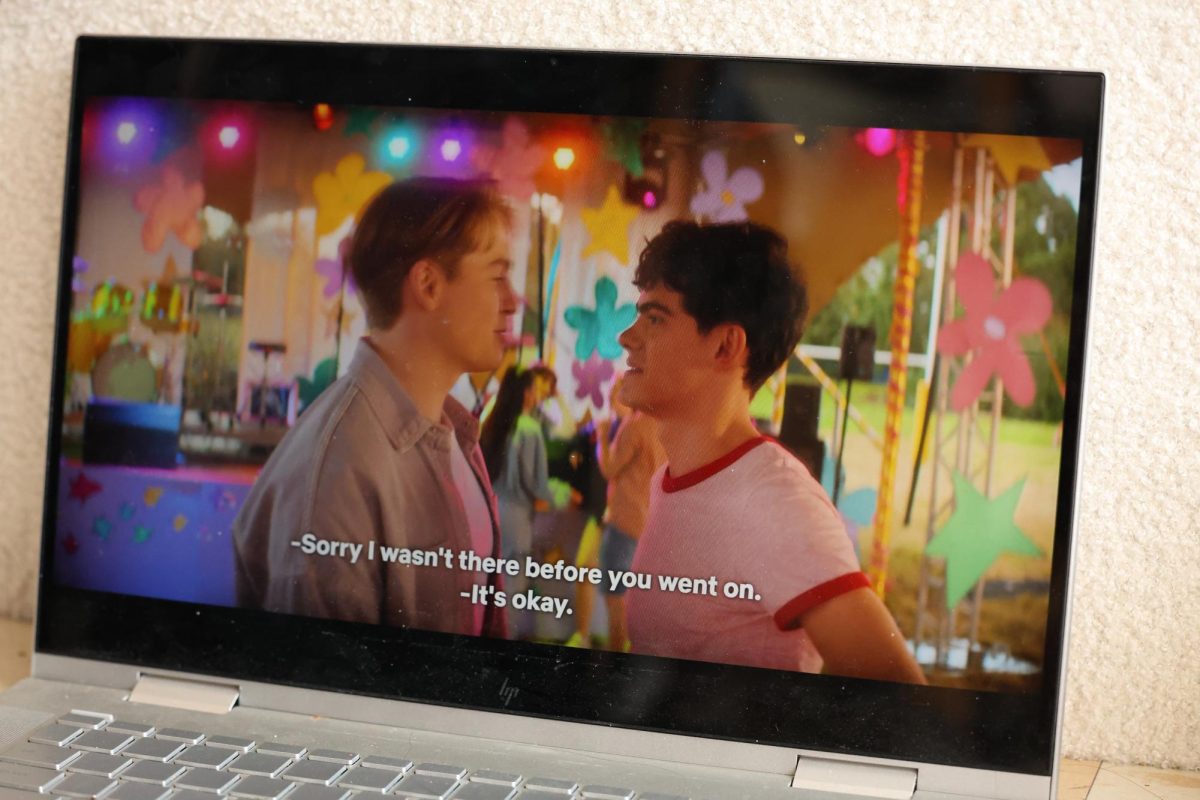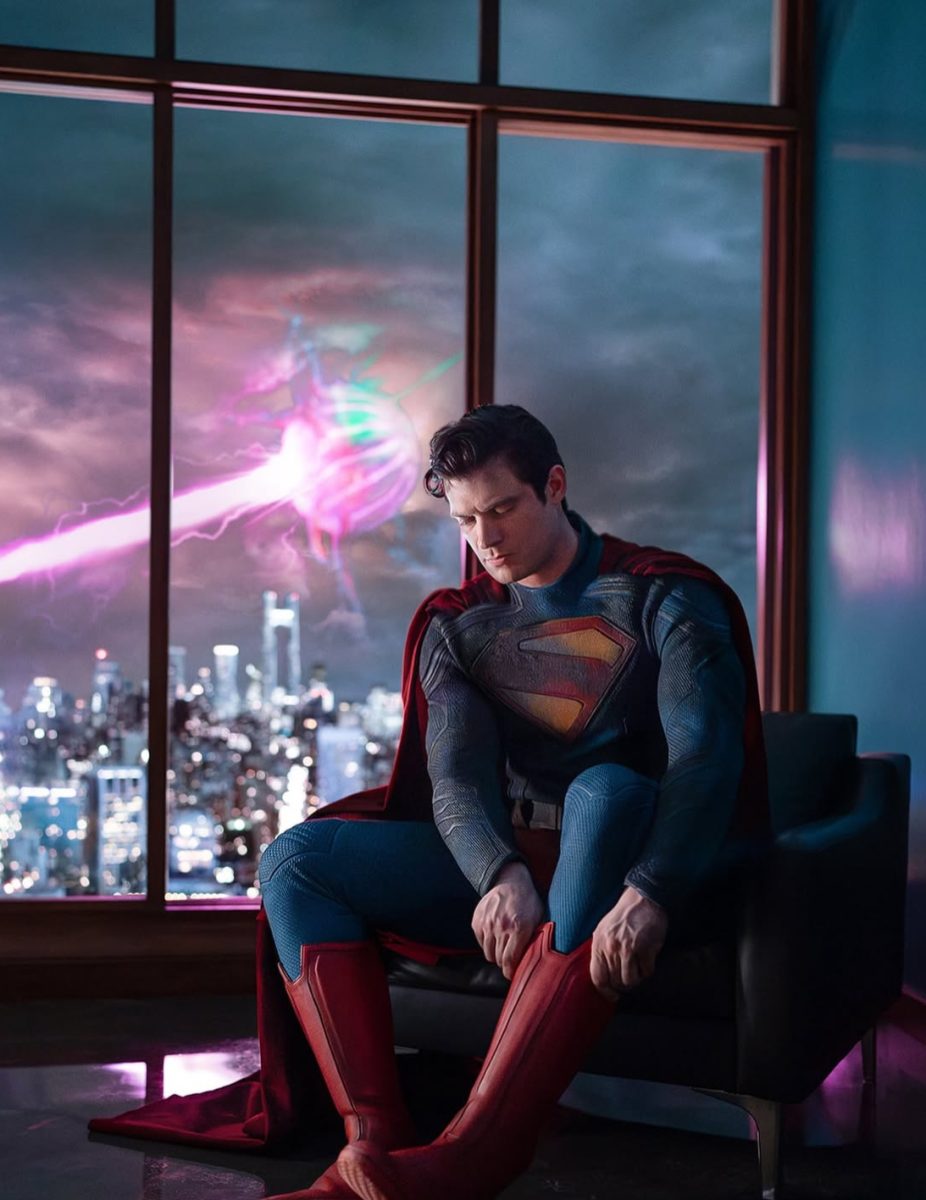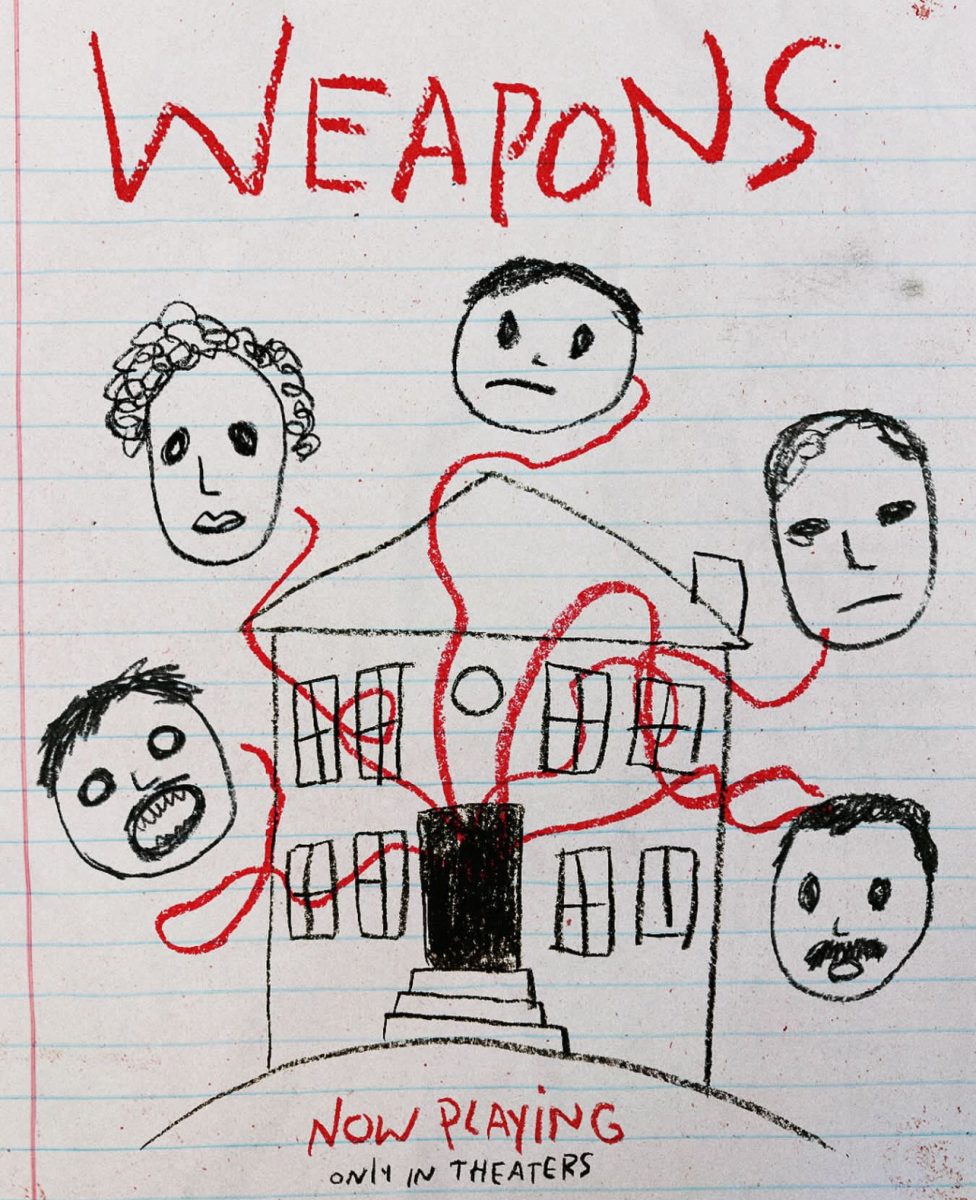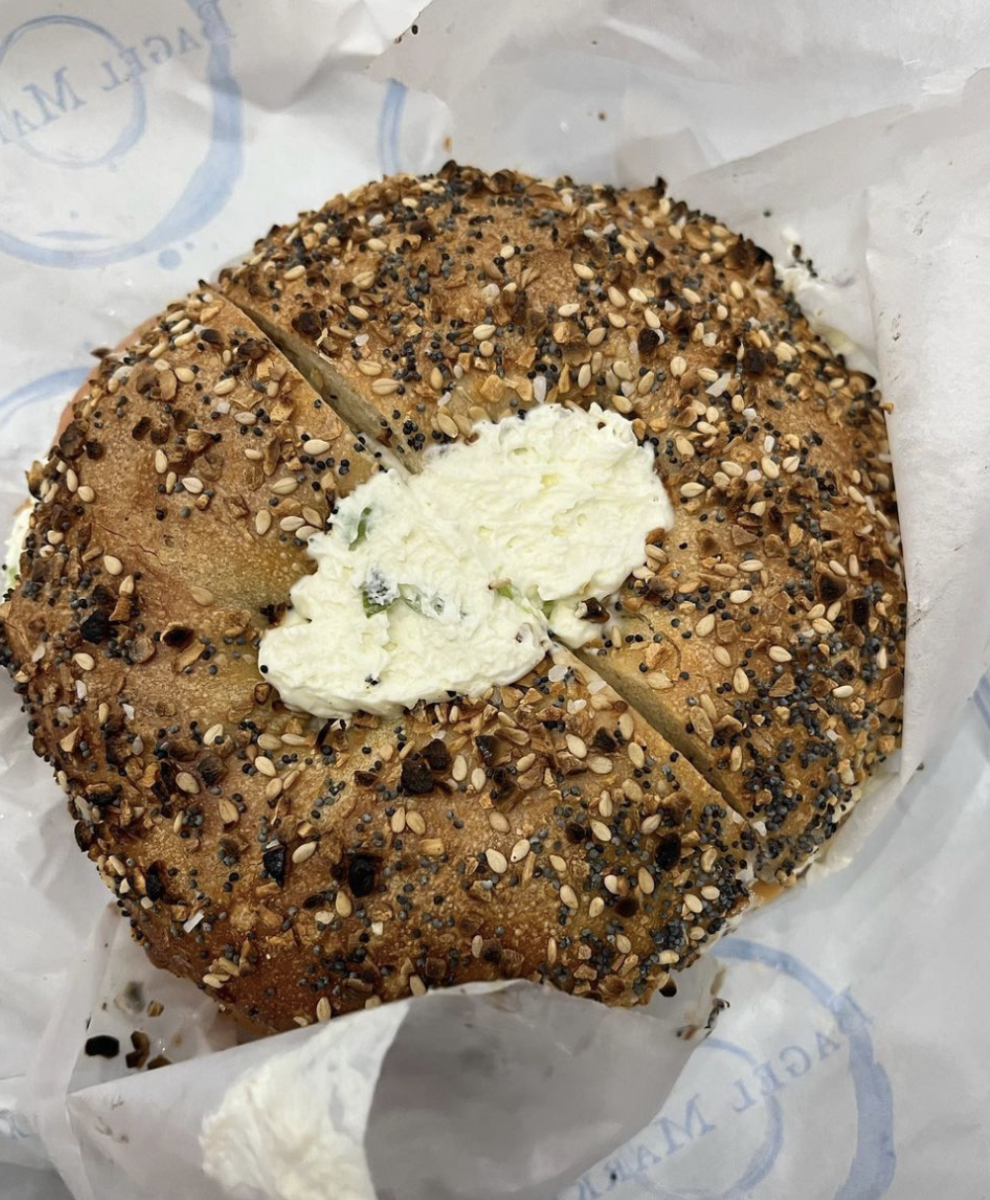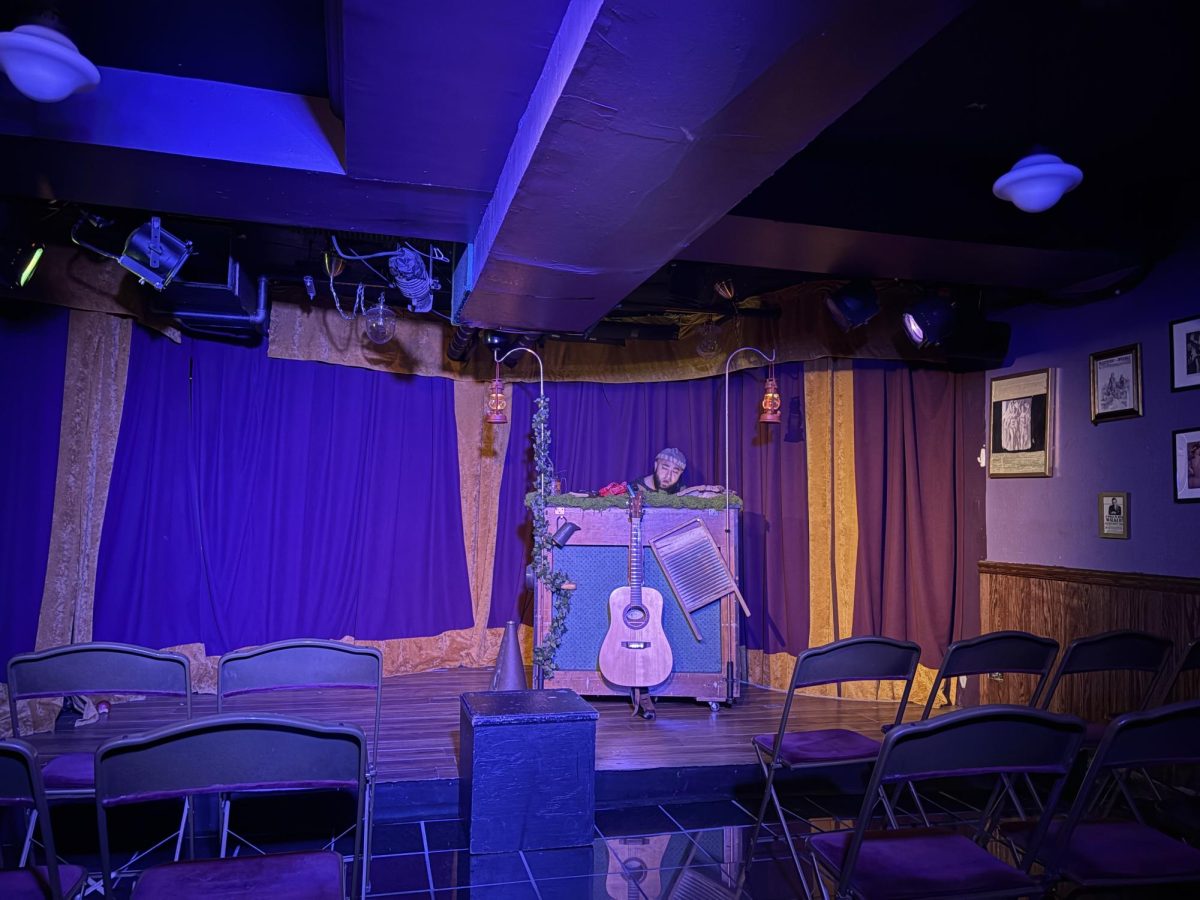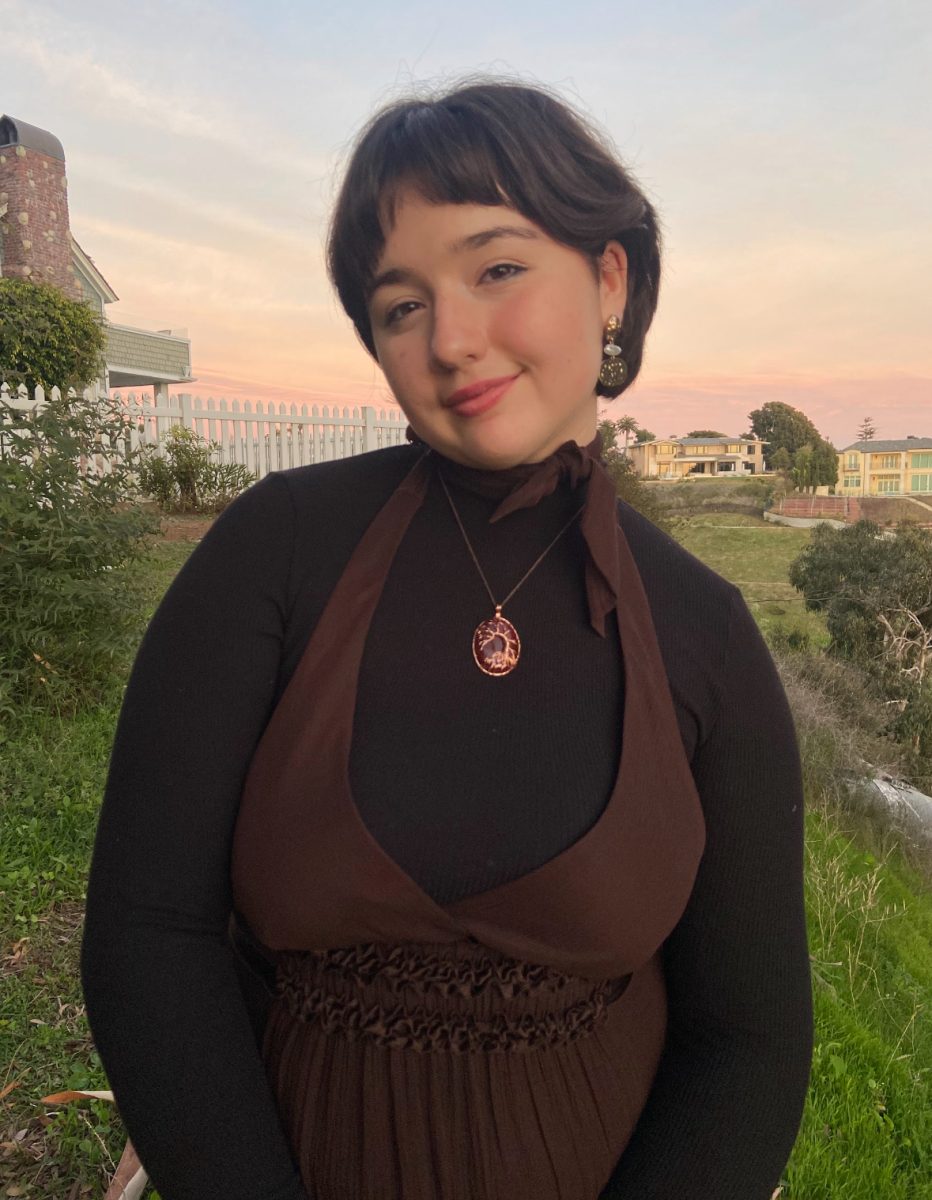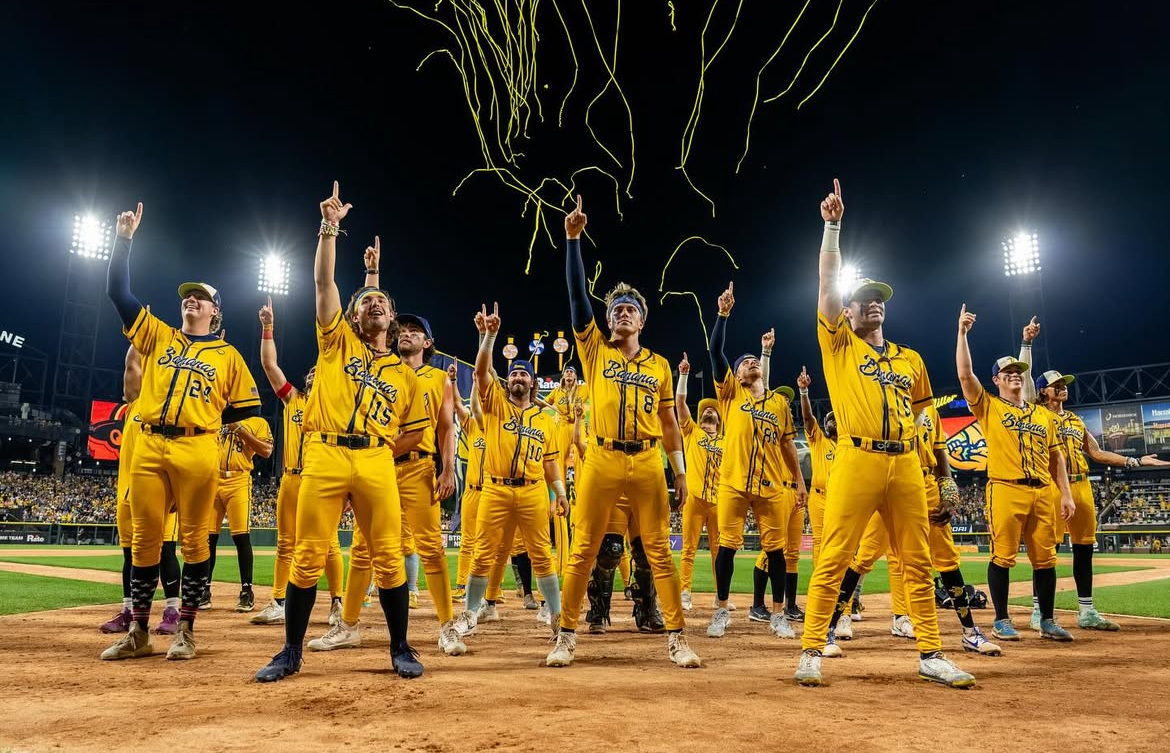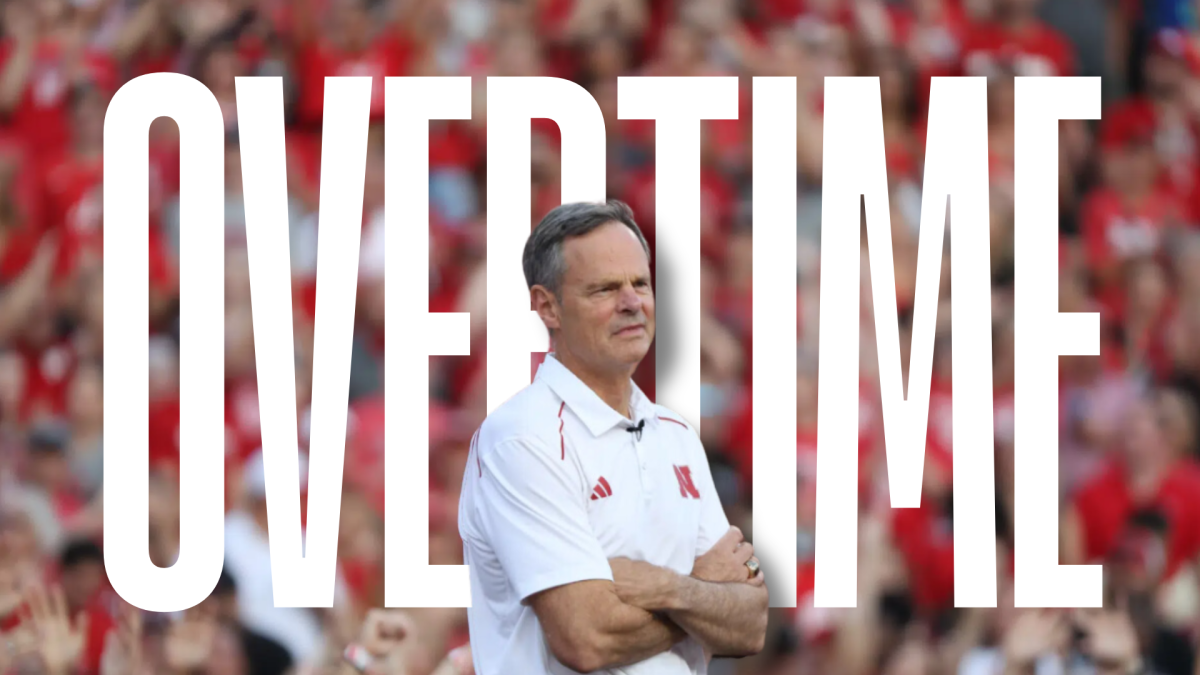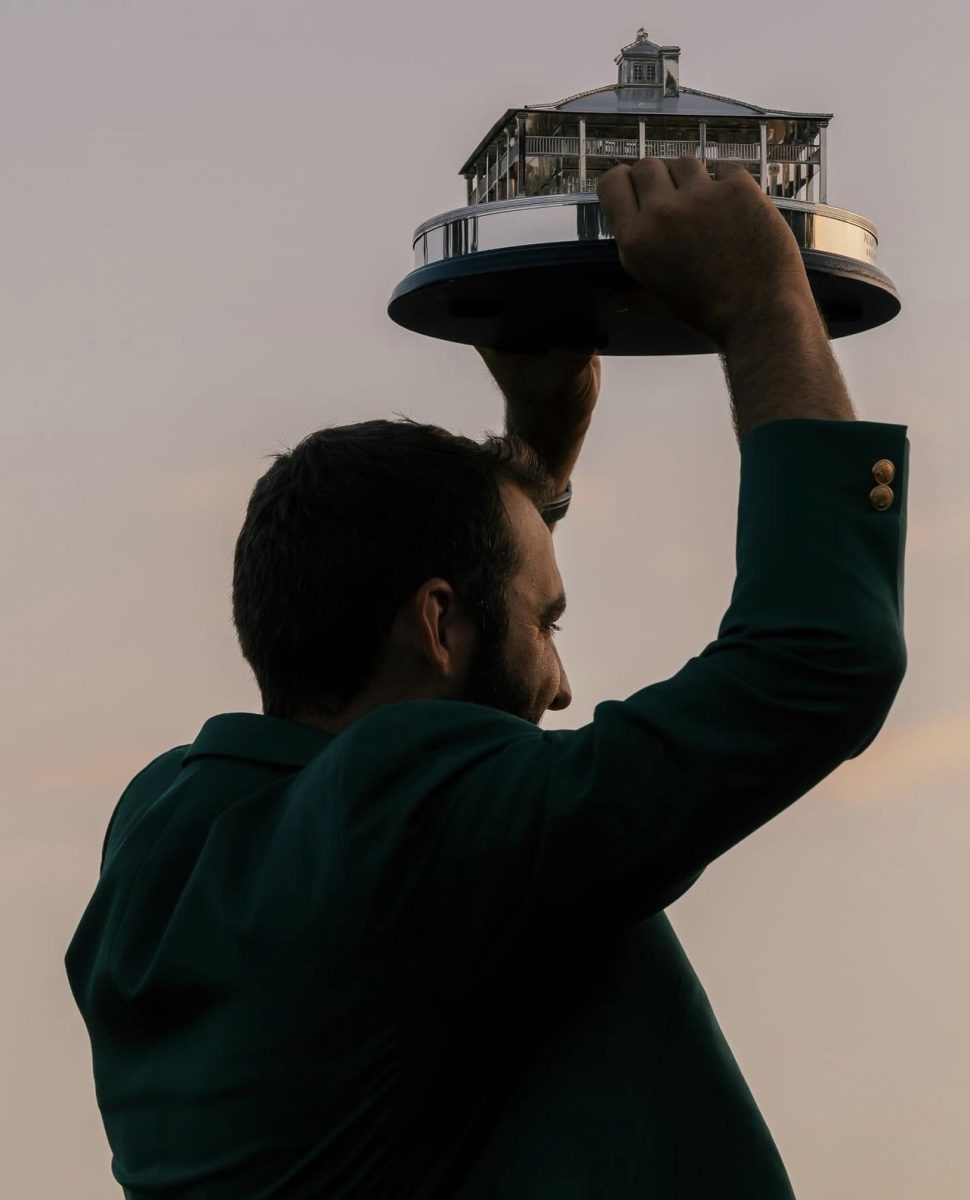By Brad Sylvester

Another day, another mass shooting.
At least, that’s what it feels like these days. On Sunday, we witnessed yet another horrific massacre in which a suspect murdered 27 unarmed churchgoers in Sutherland Springs, Texas. This follows on the heels of the Oct. 1 Las Vegas attack that left 58 dead and hundreds more injured.
In the wake of these tragedies, a national dialogue has opened up regarding what exactly we can do to prevent these sort of mass shootings which plague our country. The unfortunate reality is that it is likely impossible to stop them entirely. With almost the same amount of guns as people in the United States, it remains likely that a person intent on mass murder would be able to acquire a weapon one way or another.
The other problem is the apparent randomness of these attacks. They have happened in every part of the country, at seemingly random times and are perpetrated by a variety of different people for a variety of different reasons. Despite what many argue, it has proven difficult to find underlying similarities in the shooters.
For example, some believe that the perpetrators of mass shootings more often than not suffer from some sort of mental illness. This is certainly the case with Devin Kelley, the Texas gunman who had previously spent time in a mental institution, and Adam Lanza, the Sandy Hook Elementary shooter. Yet a study published in the American Journal of Public Health found that less than 5 percent of all gun homicides were committed by people with mental illnesses and there are countless mass murderers who were found to not suffer from mental illness.
Another popular notion about mass shooters suggests that they almost always have a history of violence. Yet like mental illness, this doesn’t exactly match up. Neither Dylann Roof, the man who killed nine people in a Charleston Church, nor Stephen Paddock, the Las Vegas shooter, had histories of violence. Such discrepancies make it difficult to preemptively identify potential shooters and it speaks to what little hard science we have when it comes to understanding mass shootings.
While it is unlikely that we can stop mass shootings entirely, there are some things we can do to help limit them.
The first thing we could do is to pass legislation to ban the bump stock modification. A “bump stock” is a modification which can be made to some rifles, such as the AR-15, which allows them to fire more like an automatic weapon. Several of the rifles used by Paddock on the night of the Las Vegas attack were equipped with this modification, which undoubtedly contributed to the high casualty rate. It only makes sense that if we are against allowing people to own automatic weapons that we would also be against a modification that essentially converts semi-automatics into full-automatics. This proposal has already received bipartisan support in Congress and if passed will hopefully help limit the firepower of any future attackers.
The second thing we must do to combat mass shootings and gun violence in general is to shore up our background check system. In the aftermath of the Texas shooting, it became clear that Kelley should have never been able to legally purchase a firearm. He had an extensive record of mental health issues and violence, which should have excluded him from purchasing a firearm. The Airforce, after dishonorably discharging Kelley, failed to enter this vital information into the National Criminal Information Center database and this ultimately allowed Kelley to pass the background check required to buy firearms. And apparently this is not an isolated incident. Upon investigation, it has become clear that within the military not reporting crimes to the NCIC is all too common. The frightening truth is that right now there could be hundreds, if not thousands, of violent criminals who could pass the background check needed to buy a gun because their information wasn’t properly entered into the system. Without proper reporting our background checks mean nothing. Steps are currently being taken to fix this.
The final thing we can do is we must more actively prepare people for active shooter situations. Mass shootings can happen anywhere at any time and it’s important that we know how to respond if we find ourselves in the midst of one. Experts suggest the first thing you do when entering an enclosed space like a theater or a church is find your exits. If there is a shooter, the best thing you can do is escape the area as quickly as possible. Having a plan of escape only takes a few seconds, but it might just save your life. If you can’t run away, experts suggest you hide, and if you can’t hide you must fight with anything and everything you have.
The central tenet of all these is action. In the event of a mass shooting you must act. Along with personal preparedness we must also encourage community preparedness. Schools, churches and theaters among others should all hold occasional active shooter drills. It’s unlikely that we will ever be in an active shooter situation, but as the saying goes, better safe than sorry.
Ultimately mass shootings are likely here to stay, but there are some things we can do to try and limit them.
Brad Sylvester, FCRH ’18, is a political science major from Upton, Massachusetts.





